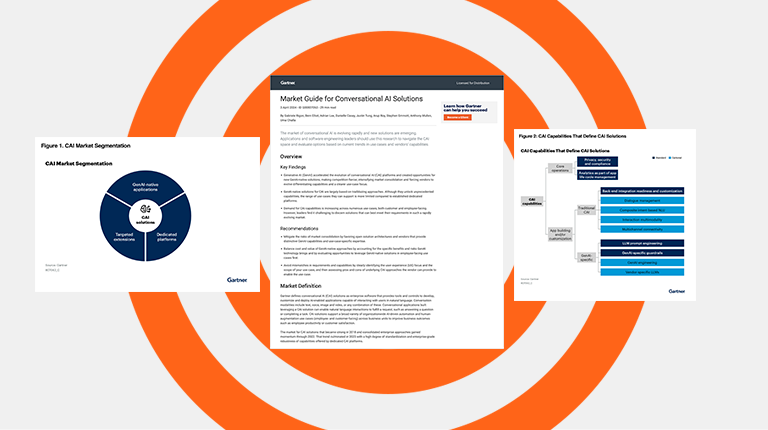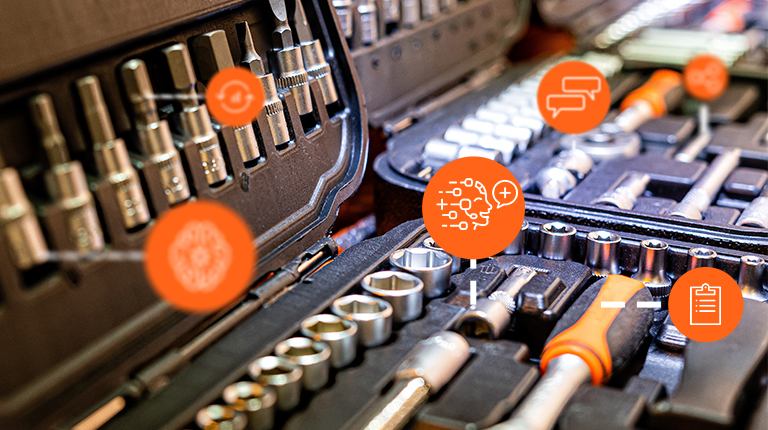Throughout history, humans have had to adapt to new technologies emerging and integrating into their daily lives. Take the personal computer, for instance. At their inception, PCs were far from intuitive, yet they held the potential to transform many areas of our lives.
Thanks to changing priorities and the rise of artificial intelligence (AI), we have seen a dramatic shift in technology development and use in recent years. Technology is now being designed to adapt to humans needs rather than the other way around, making it more user-friendly and accessible and increasing its potential applications.
Examples of Technology Adapting to Humans
AI and Machine Learning
Virtual personal assistants, such as Siri and Alexa, use AI and machine learning to study a user’s preferences and habits over time, providing personalized recommendations. Chatbots and intelligent virtual assistants are now more human-like in their communication, using natural language processing to understand and respond to user queries more intuitively.
Automated Ticketing Systems
Automated ticketing systems allow customers to submit support requests through a web portal or mobile app and have their tickets automatically routed to the appropriate customer service representative.
Adaptive Interfaces
Just as their name implies, adaptive interfaces are designed to adjust to individual users’ needs and preferences. For example, a customer service website might remember a customer’s previous interactions and tailor its responses and recommendations based on that history.
Dual Benefits of Adapting Technology
Technology is now adapting to humans in a way it hasn’t in the past. As a result, we are seeing the development of more intuitive and personalized technologies that better meet individual users’ needs and preferences. They also benefit enterprises by reducing dependence on human agents, increasing efficiency, and maximizing the value they offer.
At Interactions, we build systems that adapt to how users engage across multiple voice and digital channels.



